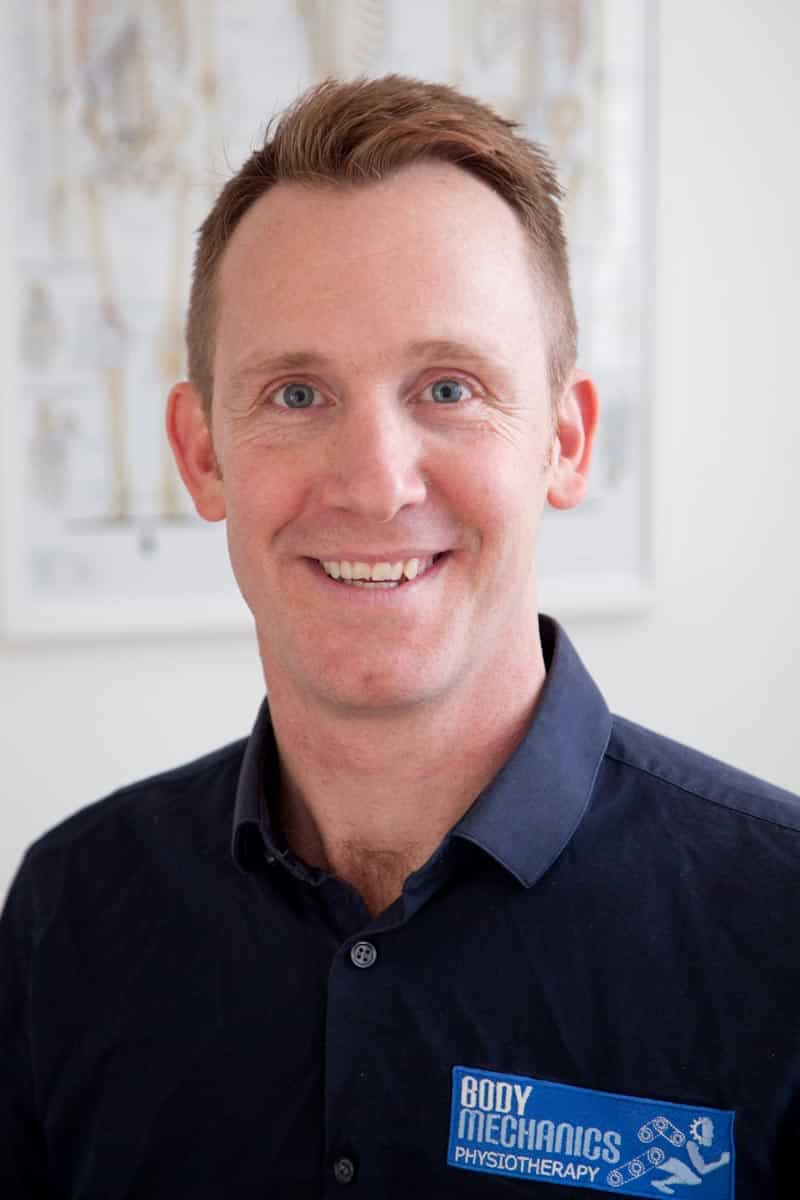
David Emsley
David graduated from Queen Margaret University, Edinburgh with a Masters in Physiotherapy in 2003, this followed on from his BSc in Sport and Exercise Science from Birmingham University. His learning journey lead him to completing the Sports Pelvis course and the Sports Thorax course prior to completing the ISM Series in 2009. He has had the pleasure of assisting Diane on courses including the ISM Series and various short courses in the UK on several occasions since. He is passionate about learning about the body as well as passing on knowledge gained in integrating the approach over several years of practice. His indulgence in all sports has been tempered recently by the arrival of young family members, but he still tries to find time for squash, tennis and general fitness.
